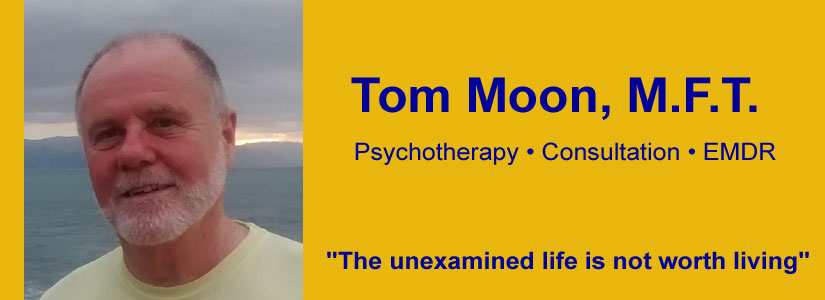I’ve said before that most psychological self-help books aren’t worth the paper they’re printed on. But once in a while a book comes along that really has the power to change our lives for the better. One such book is Just One Thing, by Rick Hanson. Rick is both a neuropsychologist and a meditation teacher, and he uses the new findings of neuroscience to show how very simple mind-training techniques, practiced for just a few minutes daily, can radically improve our well-being.
The science behind the practices involves a simple principle: every time you use your mind you alter the structure of your brain. Everything you pay attention to, everything you think, feel and want, every time you react to what happens to you – all of these things sculpt your brain. Busy regions of the brain get more blood flow, and little-used neural connections wither away. “Neurons that fire together wire together” – every time you repeat any mental activity, you strengthen it and make it easier to become a habit.
What this means is that if your mind regularly focuses on worries, anger, or self-criticism, then your brain develops neural structures supporting anxiety, low self-esteem, and impatience with others. But if you regularly focus your attention on noticing that you’re all right now, not taking life personally, cultivating gratitude, or letting go – then gradually your brain re-shapes itself to support calm strength, self-confidence, and inner peace. So, for instance, regularly taking the time for mindfulness pauses activates the part of the brain that puts the brakes on negative feelings, and thus lifts mood. Other practices, such as taking in the good, feeling safer, relaxing anxiety about imperfection, or filling the hole in your heart, support and increase your sense of security and worth, resilience, effectiveness, and well-being.
This book is very user-friendly. Each chapter title names a specific practice, and the rest of the chapter, which is never more than a few pages, tells you why to do it, and then how to do it. The practices themselves usually involve actions you take in your mind, such as reflecting, concentrating, or focusing your attention, and they only take a few minutes to do per day. But doing them regularly gradually re-shapes the brain to reduce stress and unhappiness, and to develop positive qualities. They’re exactly like physical exercise; any single time you work out, not much changes, but over time your health and strength improve.
We all understand that we have to make effort regularly over time to do things like learning how to drive a car or play basketball, but we typically think the mind should just work fine on its own, without any effort or discipline. Rick Hanson shows us how some very down-to-earth actions can turn an unruly mind into one that is focused, strong, and happy. I recommend this book highly.
